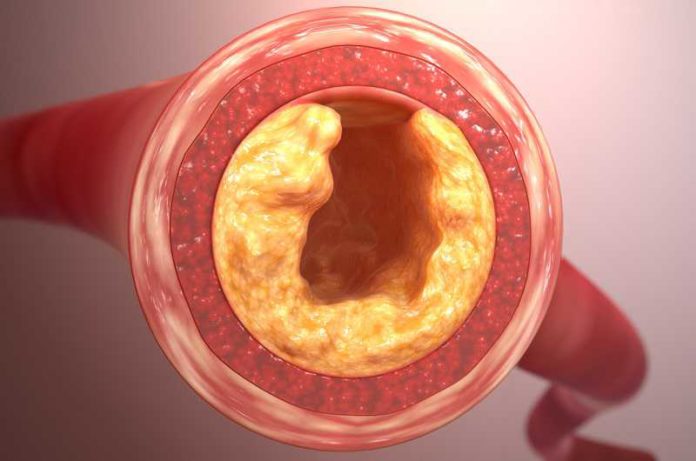In a new article, bypass surgery is compared to stent placement for the treatment of blocked coronary arteries.
Coronary arteries are blood vessels that supply blood to the heart. The coronary arteries are divided into the left and right coronary arteries. The left coronary artery supplies blood to more than half of the heart muscle, and with it, the nutrients and oxygen required for proper functioning of the muscle. The heart muscle, through its pumping action, regulates the supply of blood, and hence oxygen and nutrients, to the rest of the body. With an increase or decrease in physical activity, the activity of the heart muscle increases and decreases, respectively. With increased physical activity, the body’s demand for blood supply increases to remove the extra waste and to acquire more oxygen and nutrients to meet the physical demand. The heart then increases its pumping action to increase supply, causing an increase in heart rate. So, for the heart to properly function, it requires a constant and adequate flow of blood to its muscles.
In left coronary artery disease, there is a narrowing of the inside of the arteries due to atherosclerosis – the accumulation of fat over a period of time – which limits the amount of blood reaching the heart. With increased physical demands, the heart pumps faster to restore the nutrients and oxygen used up by the body. This is turn requires extra oxygen supply to the heart, which is conceivable under normal conditions. However, in atherosclerosis, this supply to the heart is reduced, which in turn, depending on the extent of depletion, leads to a heart attack.
A heart attack may feel like an abnormal sensation in the chest including pain, heaviness, tightness and pressure which could radiate to arms, shoulders, jaw, neck and back. It may also be accompanied by shortness of breath and lack of energy. Factors that increase the risk of coronary artery disease include smoking, increased cholesterol, increased blood pressure, obesity, diabetes, and low physical activity.
To restore the blood supply and maintain proper functioning of the heart muscle, a surgical approach is sometimes indicated. This includes coronary artery bypass graft (CABG) and percutaneous cardiac intervention (PCI). In CABG, the blocked part of the artery supplying the heart is bypassed using a blood vessel from another part of the body. In PCI, a balloon is inflated at the narrowing to compress the fat against the vessel wall. A stent is sometimes placed in the vessel to keep it open. These stents may sometimes contain medication that helps to keep the artery open.
A trial, published in the New England Journal of Medicine, compared the effectiveness of PCI against CABG. Both methods were assessed for their impact on death, stroke or heart attack at 30 days and 3 years post-surgical intervention. 1905 patients were selected from 126 sites in 17 countries, and were randomly assigned to undergo either CABG (957 patients) or PCI (948 patients). The study was conducted over 4 years from 2010 to 2014. In PCI, the stents were coated with everolimus, which limits growth of the arterial tissue around the stent and hence prevents repeated narrowing of the artery.
At the end of 3 years, the occurrence of death, stroke or heart attack among patients with PCI was 0.7% higher than those who underwent CABG. At 30 days 4.9% of patients in the PCI group presented with stroke, death or heart attack compared with 7.9% of patients in the CABG group. It was hence concluded from the study that PCI with everolimus-eluting stents is as effective as CABG in patients with left main coronary artery disease, who are eligible for both procedures.
Written By: Alefyah Sunel, Medical Writer



